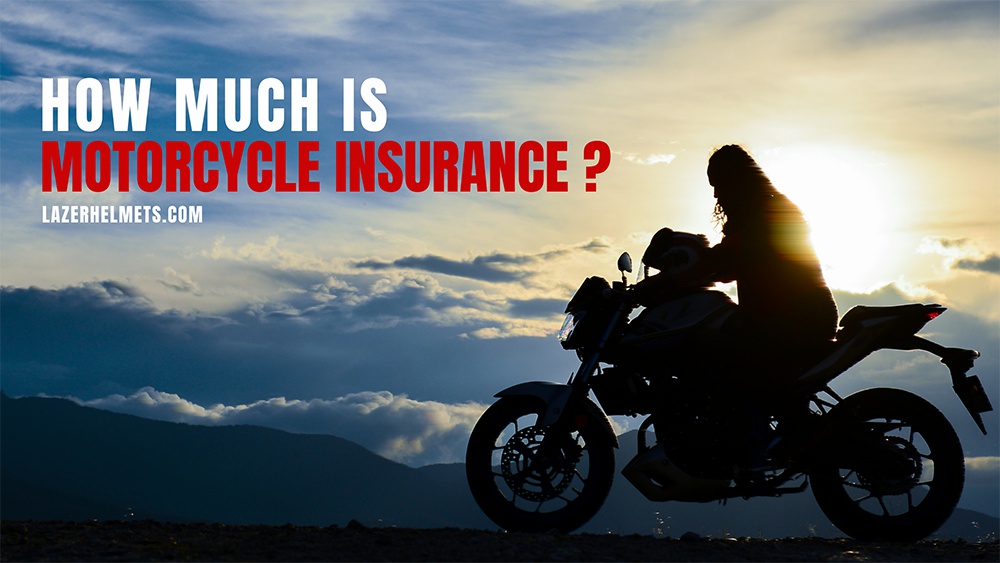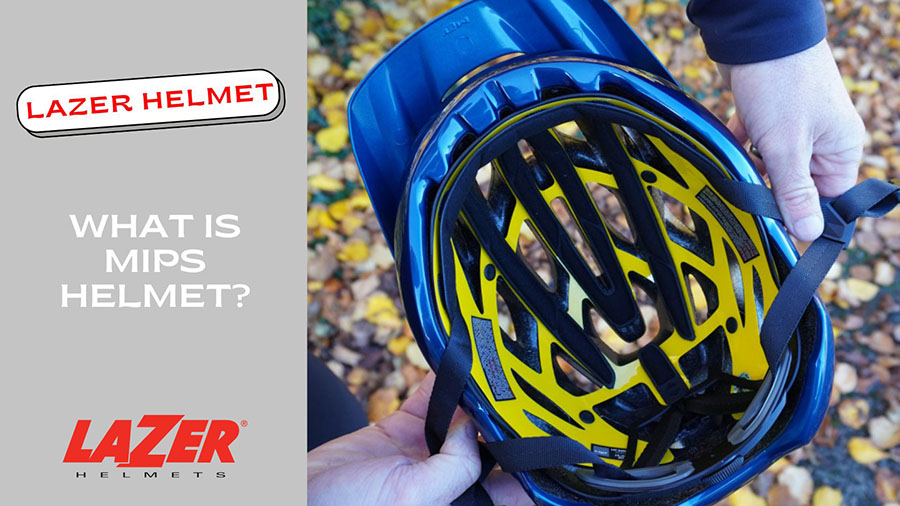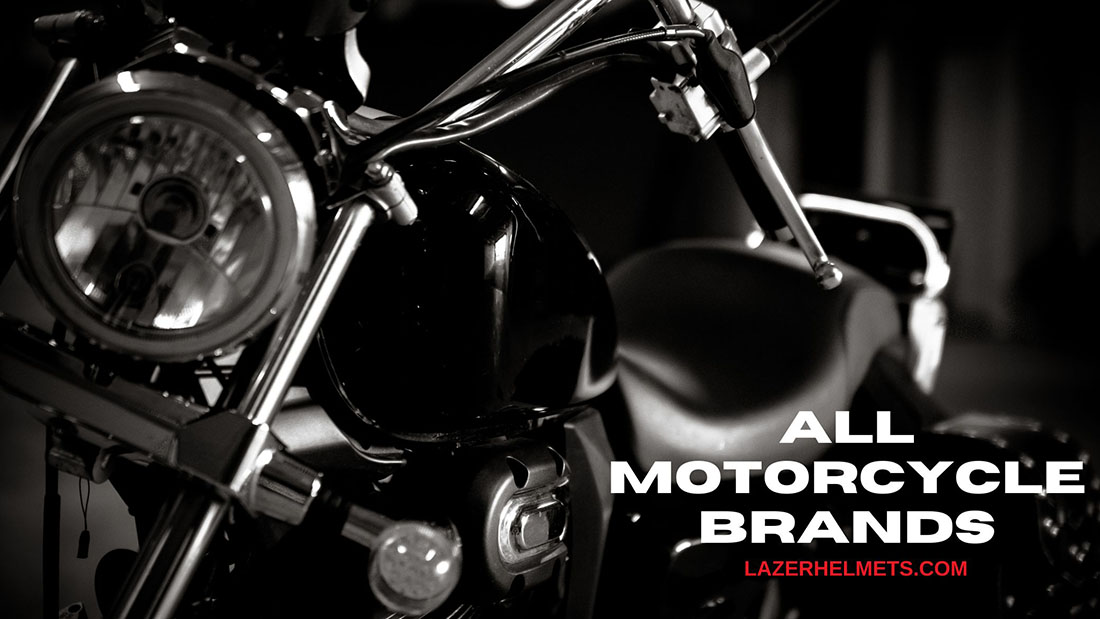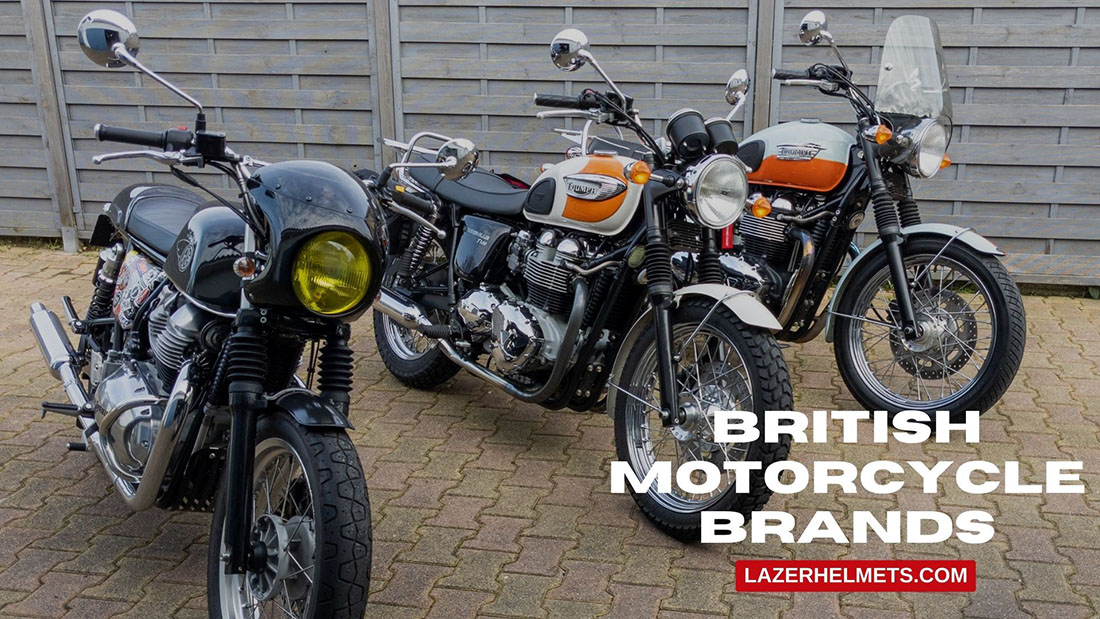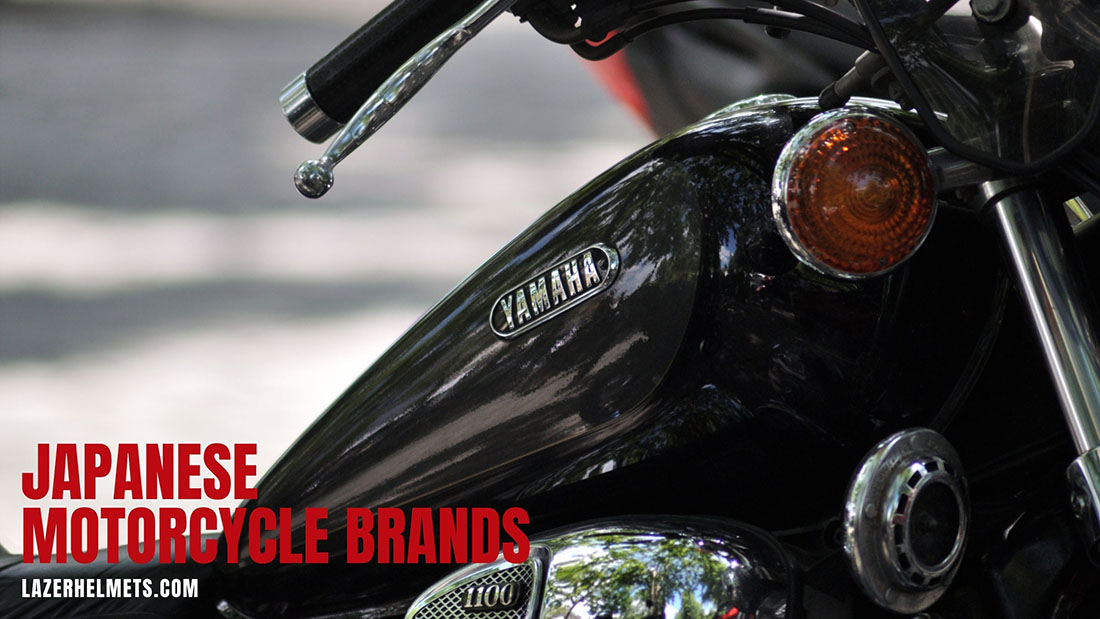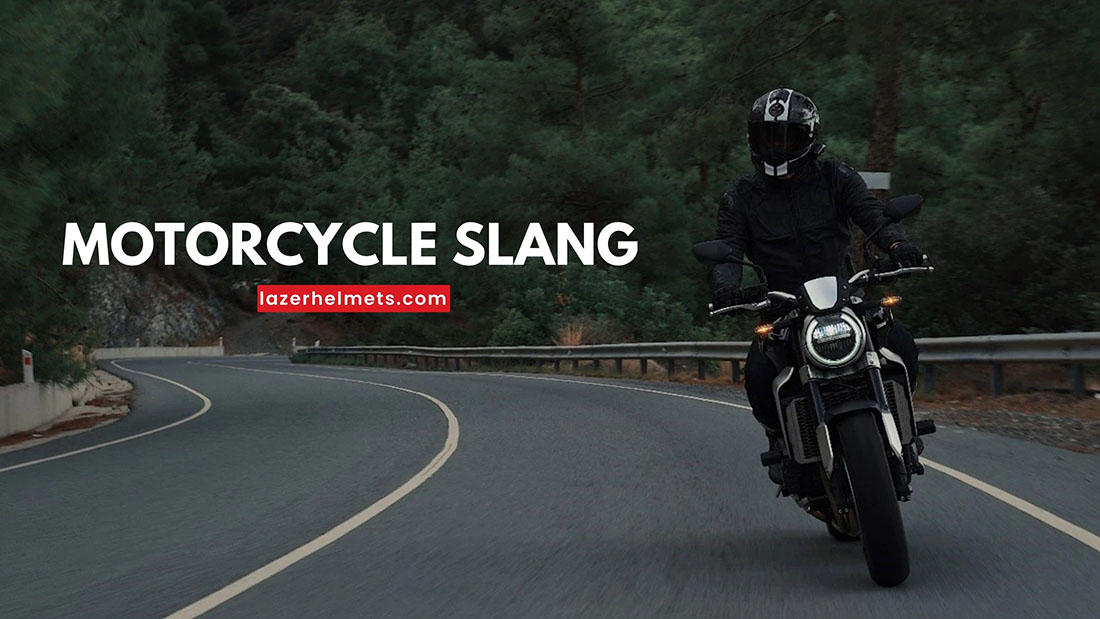Motorcycles are prone to numerous risks: thefts, damage, and motorcycle accidents are only a few common examples. Signing up for insurance, thus, is the best way to mitigate the financial and health consequences (and not to mention, it is also compulsory in several regions!).
What discourages most beginners from insurance sign-ups is probably the upfront expenses, so today’s article will dig deep into the average motorcycle insurance cost to lift up your confusion. Keep scrolling!
Table of Contents
How Much Is Insurance For A Motorcycle? Is It Expensive?
As of 2023, motorcyclists pay $60 to $75/month for their insurance coverage, according to Market Watch and Investopedia. However, the number can fluctuate to as high as $178 (Forbes) or as low as $43 (Business Insider), depending on bike type, age, region, coverage options, and providers.
1. By Coverage
1a. Minimum Coverage Insurance Costs
According to Market Watch’s shopper analyses across top insurance providers, the minimum coverage package costs $77 per year (standard bikes), $112 (sports bikes), and $195 (touring bikes).
To draw out this general pricing range, the analysis team selects minimum coverage options with limits as follows:
- $30,000 for bodily injury liabilities per person
- $60,000 for bodily injury liabilities per accident
- $25,000 for property damage liabilities per accident
Plus, note that the pricing is mostly applied to riders with zero bike accidents during the last three years. For those with both accident history and speeding tickets within this 3-year time frame, the quotes might rise 82% higher.
1b. Full Coverage Insurance Costs
As its name suggests, full coverage is much more financially-demanding than its minimum coverage counterpart.
Specifically, as per Market Watch’s reports, the annual motorcycle insurance rates are $475 (standard bikes), $2198 (sports motorbikes), and $1082 (touring bikes).
Extra comprehensive/collision coverages are also included, meaning you do not have to pay to repair your motorbike after accidents or collisions with stationary objects.
The scope of the research includes:
- $100,000 limit of bodily injury liabilities per person
- $300,000 limit of bodily injury liabilities per accident
- $50,000 limit of property damage liabilities per accident
Also, the comprehensive and collision policies cover the bike’s actual cast values (minus $500 deductible).
At first glance, full-coverage insurance seems like a costly and steep investment. However, most industry experts concur that they are a much better choice than minimum coverage – as the latter does not promise to repair bikes after collisions or accidents.
Full coverage might not always be necessary, but at least it ensures bike riders have their back covered at any time.
2. By State
Certain regions and states have higher insurance expenses than others, affected by respective state laws (like car insurance). Hence, it is important to review your state’s regulations and general insurance policy.
Another critical factor (that is surprisingly often overlooked) is the winter conditions in your states. Riding is considered “seasonal” in several areas, meaning the coverage costs tend to stoop much lower during extreme climates; Northern Midwest and New England are two popular examples.
Explained in simpler terms: the better the weather is in your region, the more bucks you have to pay for insurance – since you will likely ride the bike much more often or even all year round.
The motorcycle insurance rates for each state are as follows, according to Goosehead (cited by Business Insider):
| State | Average Annual Cost of Motorcycle Insurance |
| Alaska | $578 |
| Alabama | $369 |
| Arkansas | $523 |
| Arizona | $612 |
| California | $715 |
| Colorado | $474 |
| Connecticut | $742 |
| District of Columbia | $1,404 |
| Delaware | $586 |
| Florida | $531 |
| Georgia | $669 |
| Hawaii | $1,523 |
| Iowa | $470 |
| Idaho | $349 |
| Illinois | $371 |
| Indiana | $419 |
| Kansas | $419 |
| Kentucky | $581 |
| Louisiana | $512 |
| Massachusetts | $532 |
| Maryland | $363 |
| Michigan | $658 |
| Minnesota | $243 |
| Missouri | $428 |
| Mississippi | $520 |
| Montana | $502 |
| North Carolina | $464 |
| Nebraska | $365 |
| New Hampshire | $663 |
| New Jersey | $506 |
| New Mexico | $294 |
| Nevada | $856 |
| New York | $569 |
| Ohio | $390 |
| Oklahoma | $599 |
| Oregon | $345 |
| Pennsylvania | $371 |
| Rhode Island | $305 |
| South Carolina | $516 |
| South Dakota | $297 |
| Tennessee | $596 |
| Texas | $591 |
| Utah | $239 |
| Virginia | $1,076 |
| Washington | $367 |
| Wisconsin | $407 |
3. By Age
Insurance companies charge young riders higher than older ones since adolescents and teenagers are involved more often in accidents.
But rest assured: guaranteed that your riding/driving history is clean, the rates should reduce over time as your experience increases. For illustration:
- Average insurance costs for 18-year-old are higher than for 21-year-old
- 21-year-old riders pay more than middle- or old-aged ones
The general charges can be summed up as below, according to ValuePenguin:
| Age | Monthly Insurance Cost |
| 16 | $340 |
| 18 | $244 |
| 21 | $194 |
| 35 | $173 |
| 50 | $191 |
4. By Type of Motorcycle
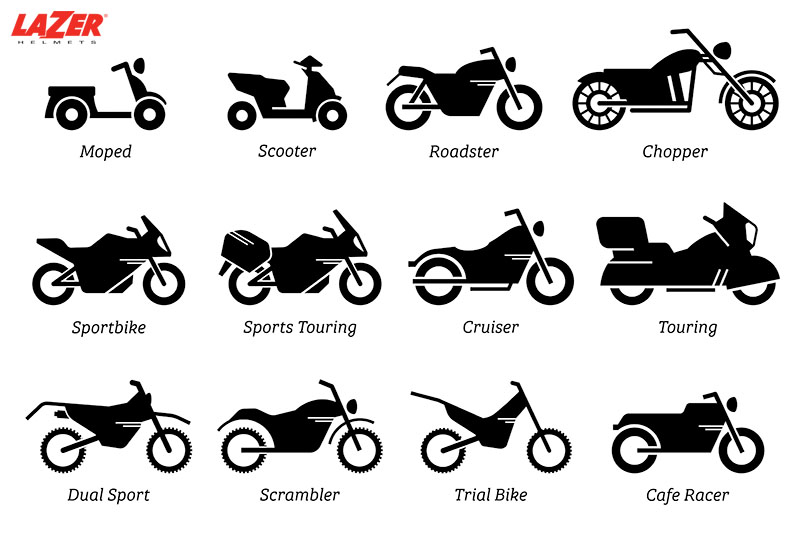
Your motorcycle type also impacts the insurance expenses. For example, supersport or sport bikes (commonly called “street bikes” charge more to insure due to higher upfront costs and greater risks of damage. They are also among the most common theft targets.
The average numbers per month are as follows (as per ValuePenguin):
- Sport: $367
- Touring: $278
- Cruiser: $143
- Scooter: $101
And these numbers will fluctuate; whether to the lower or higher end of the spectrum depends on how the motorcycle insurance companies assess the following criteria:
- Values: Higher-end or niche bikes cost much more to replace and repair. As such, insurance costs usually increase, especially if their policies include collision and comprehensive coverage.
- Safety features: Motorbikes with higher numbers of safety features (such as ABS) have lower accident risks and hence, cost less to insure.
- Crash rates: Certain bike styles and models are more susceptible to road mishaps and accidents. So if you own such models, insurance companies often automatically assume the worst-case scenarios.
- Theft rates: Most companies charge higher for bikes more likely to be theft victims. Expensive models – or motorbikes with flashy, distinct designs- are often categorized as vehicles with high theft rates.
Below are the value and monthly costs of some of the most popular bike models on the market, compiled by ValuePenguin to save beginners from hours of research. If you also own at least one of the bikes listed here, check it out:
| Model | Type | Value | Monthly Cost |
| Yamaha V Star 250 | Cruiser | $3,620 | $116 |
| Honda Rebel 500 | Cruiser | $5,645 | $158 |
| Harley-Davidson Street 750 | Cruiser | $6,230 | $154 |
| BMW R 1250 RT | Touring | $18,920 | $283 |
| Harley-Davidson Road King | Touring | $17,900 | $223 |
| Honda Gold Wings | Touring | $21,680 | $329 |
| Kawasaki Ninja 400 | Sport | $4,555 | $176 |
| Suzuki GSXR600 | Sport | $99,000 | $591 |
| Ducati SuperSport | Sport | $11,755 | $334 |
| Yamaha XC155-SMAX | Scooter | $4,620 | $102 |
| Vespa Primavera 50 | Scooter | $3,375 | 102 |
| Piaggio Liberty 150 | Scooter | $2,265 | 98 |
5. By Company
The quotes are also affected by the provider’s motorcycle insurance policy. Business Insider has referred to Gooseread research and summed up a full table, which you can check out for more information.
According to the chart, Progressive is the cheapest, while Foremost is the priciest. Nevertheless, remember to keep other factors (already mentioned) in mind for better and more accurate company-to-company comparisons.
| Motorcycle Insurance Provider | Average Premium (Annual) |
| Progressive | $515 |
| Safeco | $558 |
| National General | $597 |
| Nationwide | $700 |
| American Modern | $835 |
| Dairyland | $964 |
| Allstate | $1,028 |
| Foremost | $1,065 |
Other Factors That Affect Motorcycle Insurance
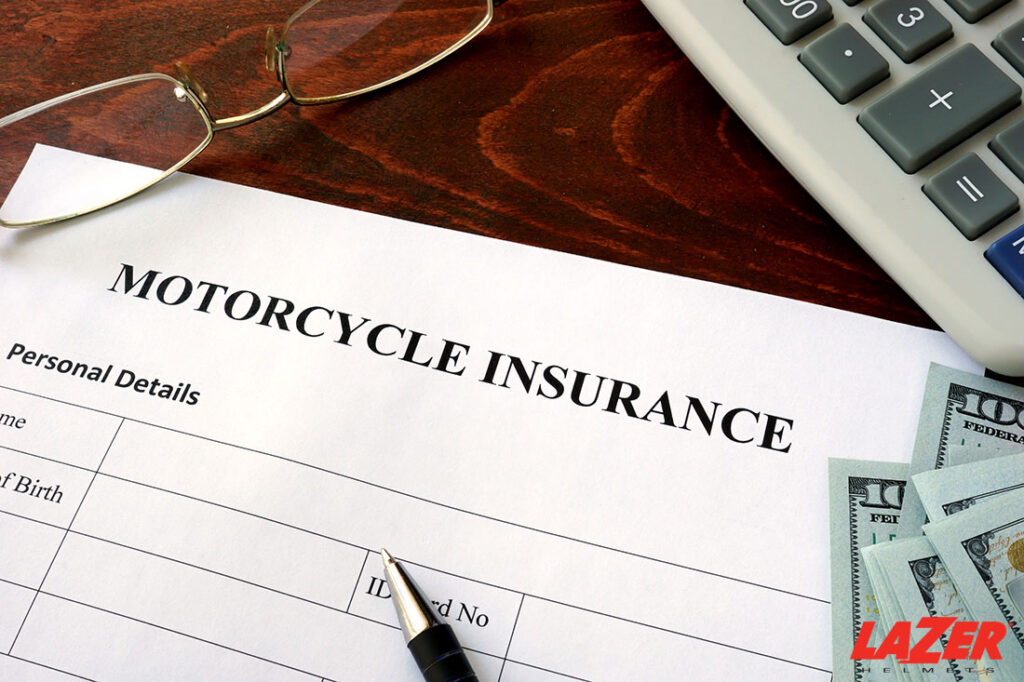
Aside from the basics like bike type, state, and providers, usage and experience are other factors that affect the total insurance sum you must pay. Take them into account during your calculations.
Experience:
Rider’s experience – not only age – also determines the insurance rates.
As mentioned above, experienced people pay much lower premiums. Furthermore, participating in defensive riding courses (trustable and verified) also gives you better discount chances.
Intended Motorcycle Usage
Ask yourself these critical questions:
- Is the motorcycle for business or personal usage?
- What is your riding frequency? (For instance, weekend riders pay lower than daily ones)
Staying alert to these important aspects will help you calculate and land on the best insurance policies.
Ways to Lower The Insurance Cost

Here are some of the best tips to cut down your insurance costs:
- Shop around and compare different insurers to land the best rates
- Raise your deductible to lower the expenses (though you should prepare yourself for lower payouts if there are claims)
- Keep a squeaky-clean driving record
- Drop the collision and comprehensive coverage if your motorcycle is old and has low values.
- Take motorcycle training courses to sign yourself up for organization discounts
- Consider seasonal storage (ex: put your bikes in the garage during winter).
How to Download Bike Insurance?
Visit the official website of your insurance company/provider. After logging in, select the insurance plan and provide the required insurance details to view the plan on your computer screen. Click on the “download” button (or “print” if you need physical copies).
What Would Happen If You Get Caught Without Insurance?
Nothing serious will happen if you are only fined for minor law violations (ex: bypassing the red lights). But it will be an entirely different story if your bike has crashed into another bike or hurt someone else in the process: you might be banned from obtaining a license.
Conclusion
Since numerous factors are involved in the motorbike insurance premium (motorcycle insurance coverage, type of bike, state, age, etc.), it would be best to research on your own and shop around until you find the best company and provider.
If you get stuck in any part of the process, write to me and my team.
See more:

